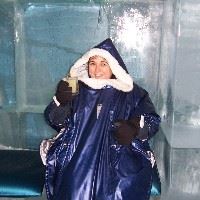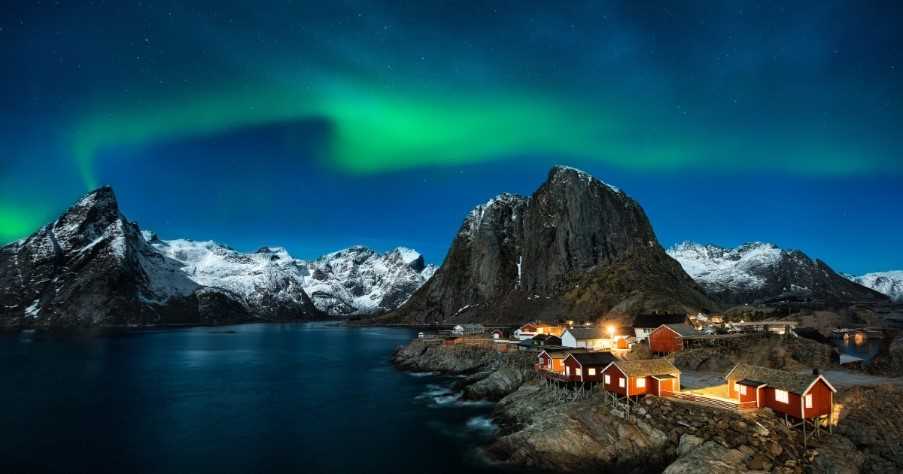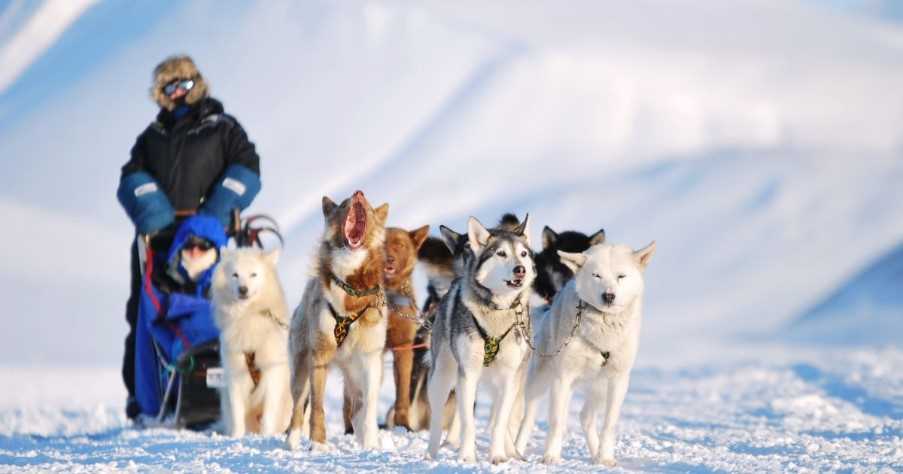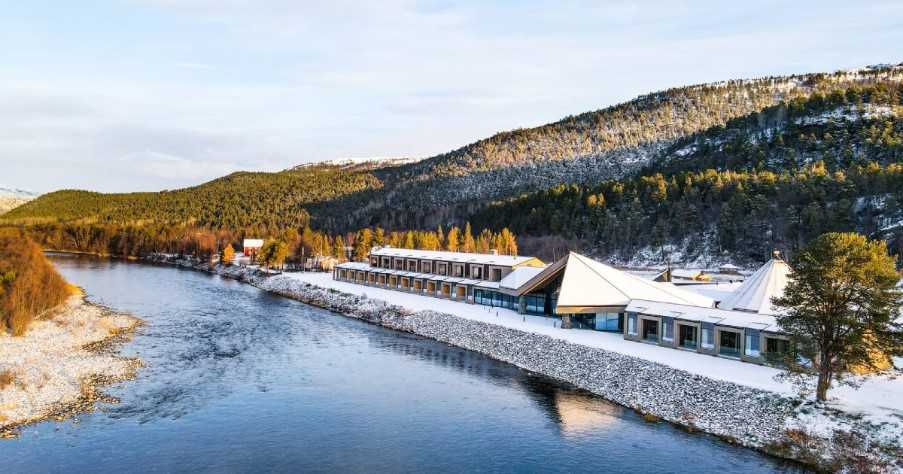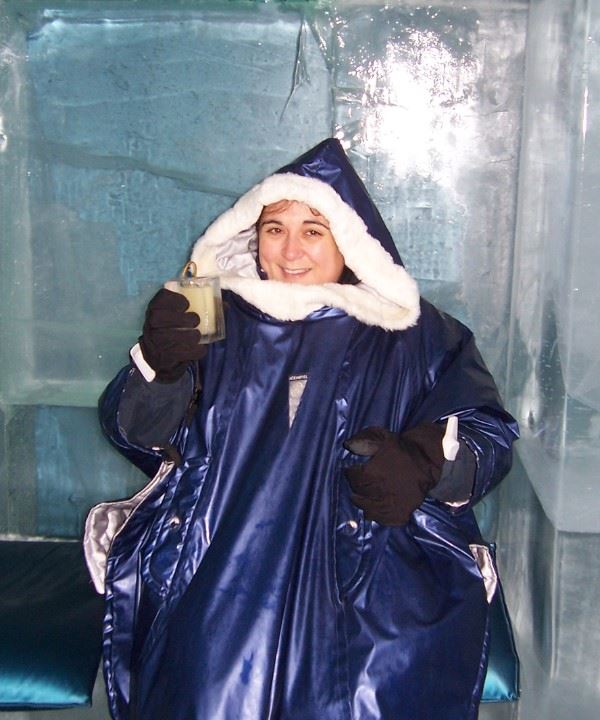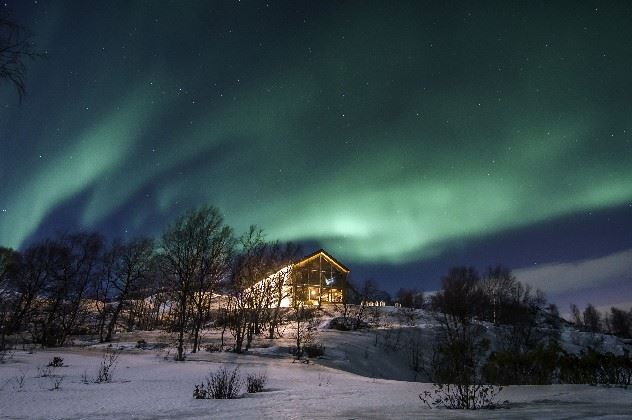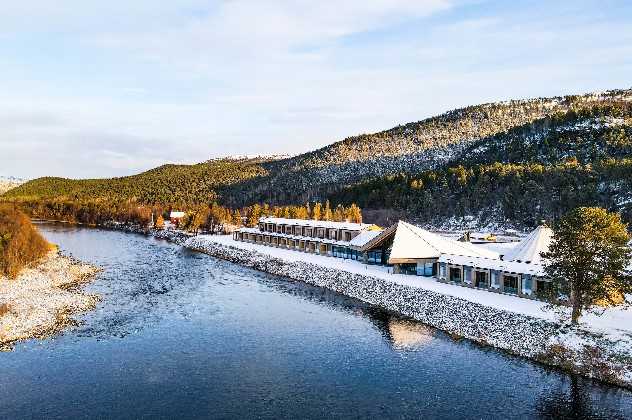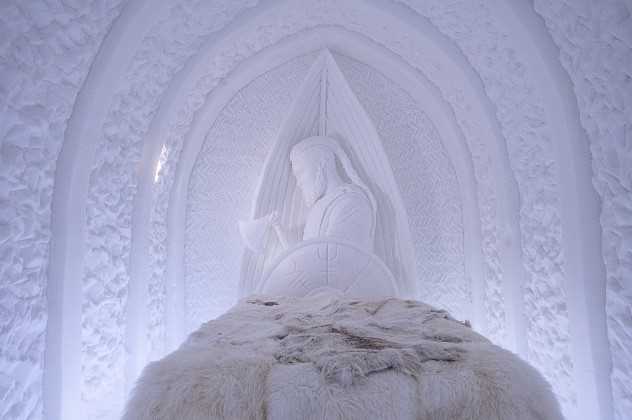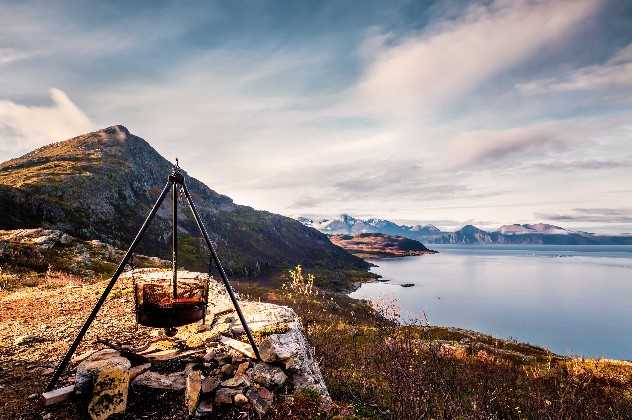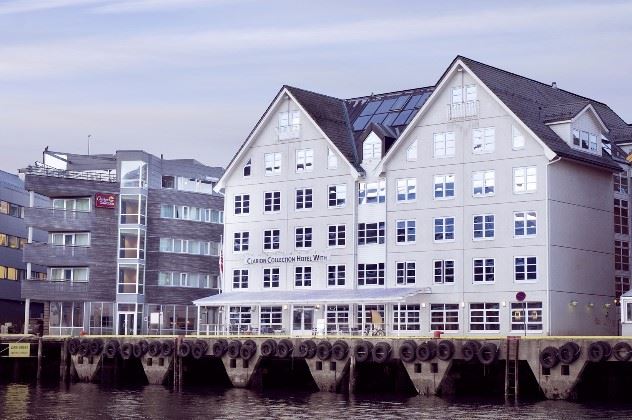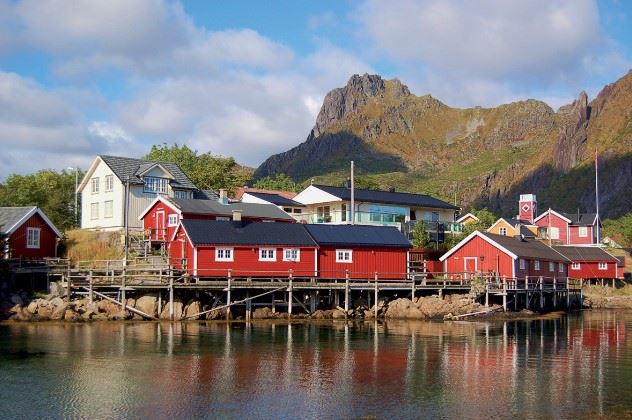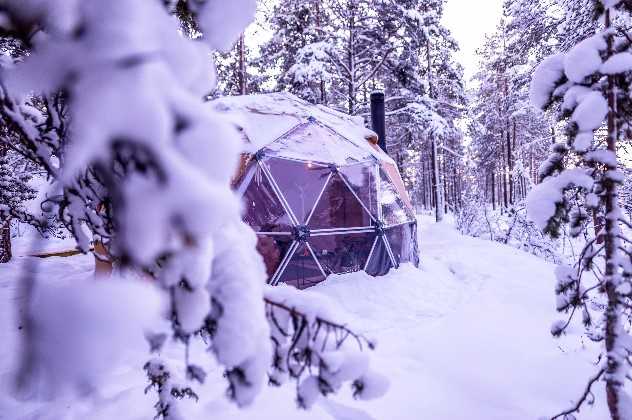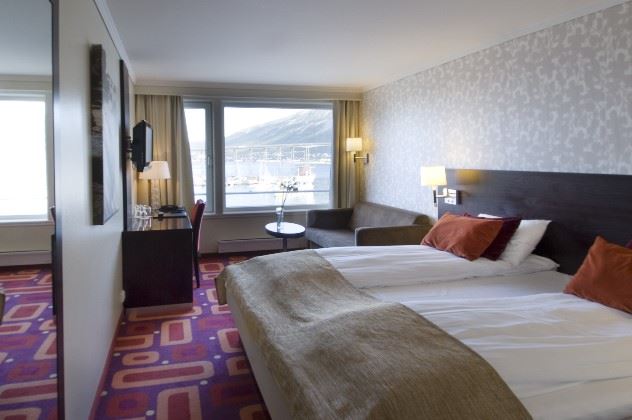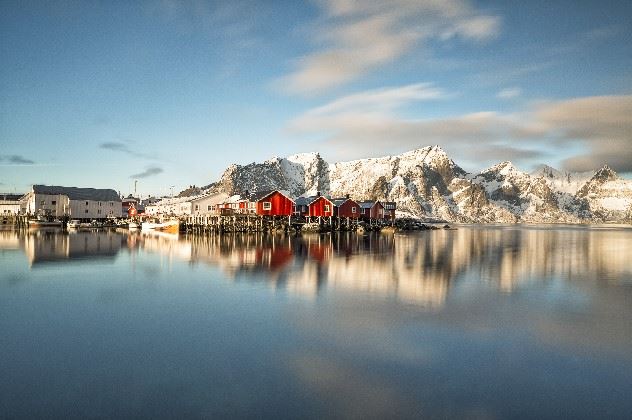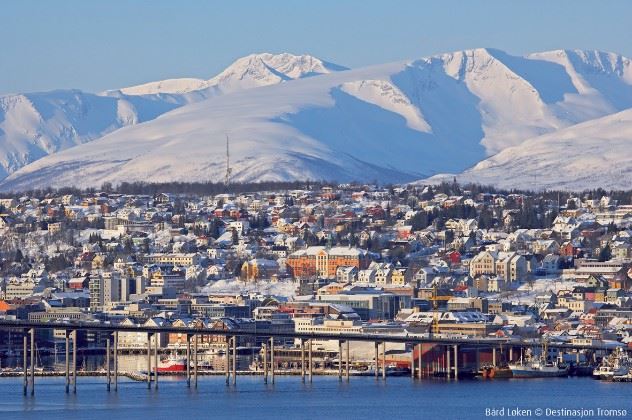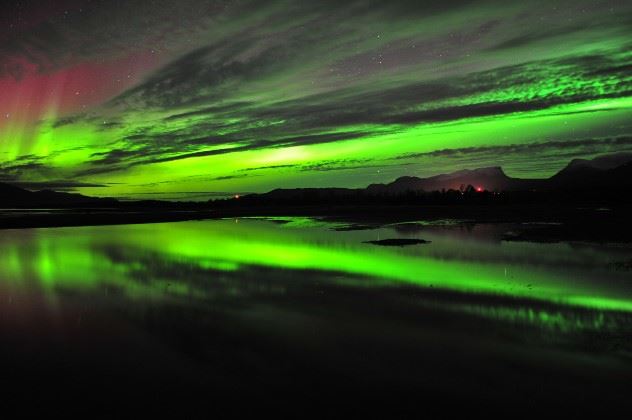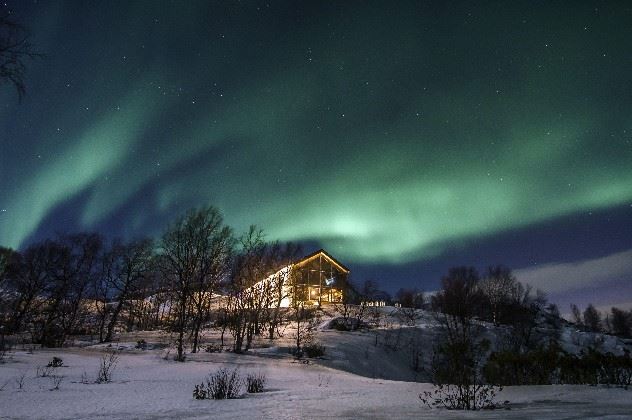Experiencing the Northern Lights is a bucket list item for many and Norway is one of the top destinations to witness this awe-inspiring natural phenomenon. But when is the best time to go? Timing your trip correctly can make all the difference to your Northern Lights holiday. Here’s what you need to know to maximise your chances of seeing the Aurora Borealis during your visit to Norway.
Understanding the Northern Lights
The Northern Lights, or Aurora Borealis, occur when charged particles from the sun collide with gases in the Earth's atmosphere. This creates a spectacular light display that dances across the sky in shades of green, blue, red, pink, and purple. While the Northern Lights can be seen in several countries near the Arctic Circle, Norway is particularly popular due to its accessibility, stunning landscapes and limited light pollution.
Best months for a Northern Lights holiday in Norway
September and October
Early autumn is a great time for a Northern Lights holiday. The weather is relatively mild, and you’ll find fewer tourists compared to the peak winter months. What’s more, the autumn colours and reflections from the fjords create a picturesque setting for your Northern Lights experience. Grab your camera, pack your coat and discover a side of Norway that most travellers overlook, you won’t regret it!
November to February
These are the peak months for Northern Lights holidays in Norway. The long, dark nights during this period provide optimal conditions for viewing. December and January is the period of the polar night when the sun does not rise above the horizon. These are the darkest months, offering the best chances to see the lights. By mid-January, the sun has returned and visitors are blessed with orange and pink hues of sunrise and sunset. Crisp snow conditions reward visitors with picture-postcard scenes at every turn and, at night, turn your eyes upwards to enjoy the twinkling of constellations and - conditions permitting - the vibrant colours of Aurora Borealis.
March and early April
As winter transitions into spring, March is another excellent time for a Northern Lights holiday. The nights are still long, and the skies tend to be clearer, increasing your chances of a successful sighting. The Spring Equinox in March is also correlated with heightened solar activity, which can result in more frequent and intense aurora displays.
